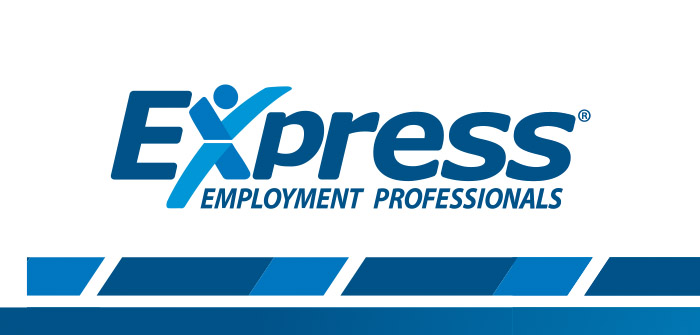Source: Express Employment Professionals, Refresh Leadership Blog
The greatest leaders often start with little to show but a vision and a dream. Inspiring people to embrace their goals, join their ranks, and work alongside them is imperative for leaders. However, before someone can inspire others, they must first look inward to lead themselves. The practice of self-leadership has been a key component to every successful leader for generations. The term was coined by Professor Charles C. Manz, defining self-leadership as a “comprehensive self-influence perspective that concerns leading oneself toward performance of naturally motivating tasks, as well as managing oneself to do work that must be done but is not naturally motivating.”
While there are many different types of leadership, the practice of self-leadership may be the most important style to not only build up oneself but also to inspire others to be the best versions of themselves.
When focusing on self-improvement, it’s important to begin with self-awareness and understanding the steps needed to best tackle the most important leadership training you’ll ever embark on.
One model that helps individuals focus on self-leadership is the SOAR method. Developed by Tony Gambill and Scott Carbonara and highlighted in their book Getting It Right When It Matters Most, the SOAR model for self-leadership highlights four areas of focus: Self, Outlook, Action, and Reflection.
The SOAR Model – Self, Outlook, Action, and Reflection
In the Self aspect of the SOAR model, individuals are encouraged to understand their specific traits that make them who they are, including personality, characteristics, habits, etc. It is also imperative to understand one’s own strengths and weaknesses to be fully self-aware. In a recent article, Gambill highlights several statements that are important to note during this stage, including:
I can describe the environment that brings out my Best Self.
I can describe the environment that brings out my Worst Self.
I understand my strengths and how to use them to achieve my goals.
I can name the personal values I believe in the most.
During the Outlook step in SOAR, you’re encouraged to understand your overall worldview and how characteristics, emotions, and other self-aspects affect your view of the world. During this step, Gambill has the individual focus on the following statements:
I am aware of how my perception biases can distort how I see situations and people.
I try to understand others’ unique situations before making assessments about them.
I recognize how my negative feelings affect my behaviors.
I am aware of my emotions and can accurately describe my feelings.
I stay true to my Best Self when engaging with my most difficult situations.
The next step of the SOAR method is Action. According to Gambill, these conversations are those that help “enable one to successfully advance their most important, complex, and relational situations.” During this stage, individuals are encouraged to focus on the following statements regarding how you respond to difficult conversations:
I am always clear about my best intentions (Results and Relationships) for the conversation.
I try to create clarity and alignment on the core issue.
I lead with open-ended questions to understand others’ perspectives.
I take time to ask follow-up questions to increase my understanding.
I make time to develop clear agreements for shared action.
The final stage of the SOAR method is Reflection. During this step, it’s important to evaluate all aspects of the self, outlook, and action questions and determine how to grow and adapt. A few of the statements that are important during self-reflection are:
I know how to reflect to learn from my experiences.
I actively seek feedback for continuous learning.
I can listen to constructive feedback without being defensive.
I actively set development goals for ongoing improvement.
I create clear plans for overcoming recurring challenges.
While there are different avenues for leaders to grow, the SOAR method helps individuals become more self-aware while becoming more emotionally intelligent, creating a space to better lead others. By focusing on these four key areas, you will become the best version of yourself and be better suited to lead your team to new heights.



